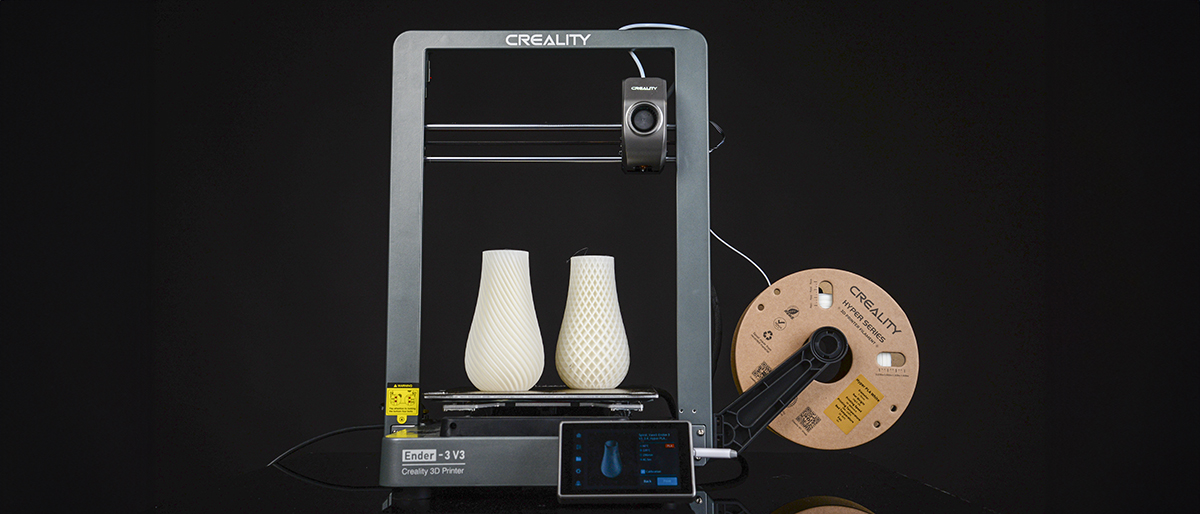
The Creality Ender-3 series is one of the most best 3D printer models. While the early releases were basic, the latest iterations have forged a new and affordable direction, becoming synonymous with quality. While the fully enclosed K1 series offers a more professional design and application that makes them ideal for education and business, the Ender-3 series has remained firmly aimed at enthusiasts and beginners.
However, that entry-level status is independent of the high print quality we've seen from the latest Ender-3 printers, such as the Creality Ender-3 SE (see our review here) and Ender-3 KE (reviewed here). While those two entry machines offer a balance of print quality and price, the build quality, while good and functional, is plastic. The Ender-3 V3 looks to take that build quality up a notch with a full die-cast frame, a touch screen that follows the same design principles and function as the K1 series, as well as CORE XY kinematics that sees print speeds of up to 600mm/s.
As a machine from the entry-level product line, the Ender-3 V3 is at the top of the range. Its refined design and build, features, and print quality are on par with those of Creality and many competitors' more expensive offerings.
In real terms, the Ender-3 V3 is as refined as you get at present, with the speed and reliability that only other machines at this price come close to the BambuLab A1, AnkerMake M5C, and AnyCubic Kobra 3. It's a huge step forward for this iconic 3D printer. With some accessories such as the AI Camera and dryer already available, it's just the announcement of a multifilament option that currently holds back this machine's full potential.
Creality Ender-3 V3: Design
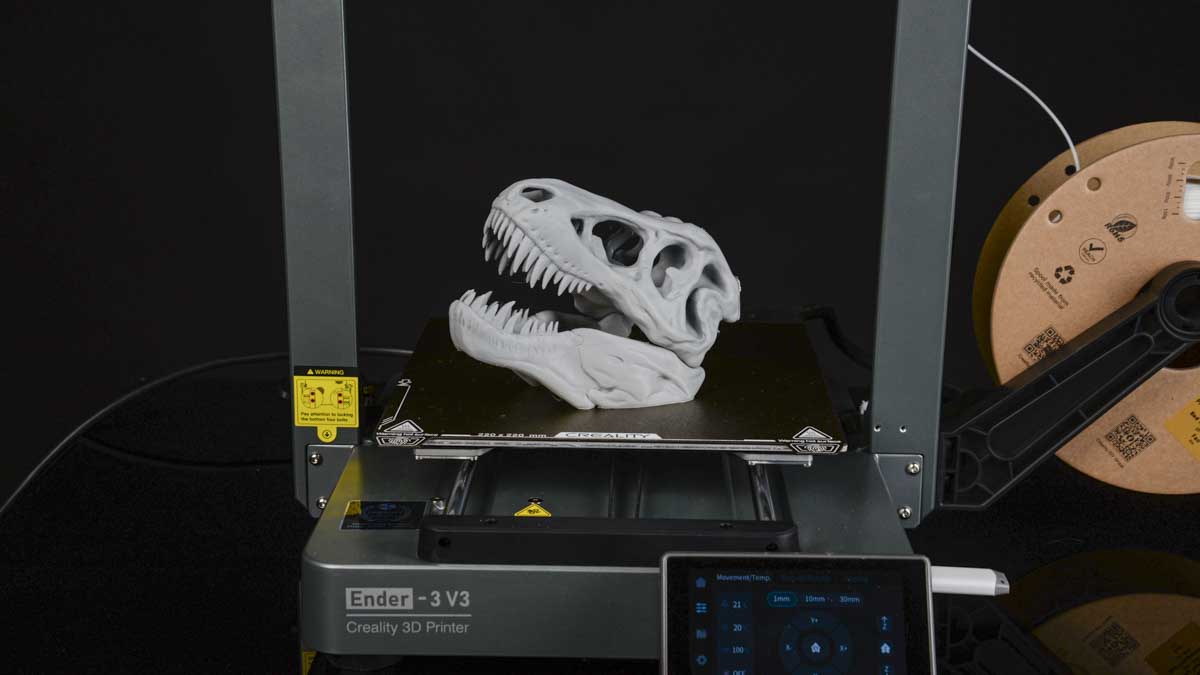
The original Ender-3 machine was an affordable option for early adopters of 3D printing who wanted decent print quality. The surprising thing is that this machine was only released in 2018, and since then, the speed at which Creality and the industry have moved is startling. The Ender-3 machine of that time compared to the Ender-3 V3 of today is stark. From a distance, the two may display a passing similarity, but only in that they're both bed slingers. While the original machine was built cheaply and very much DIY in its approach and style, the latest machine, while still affordable, is far more refined.
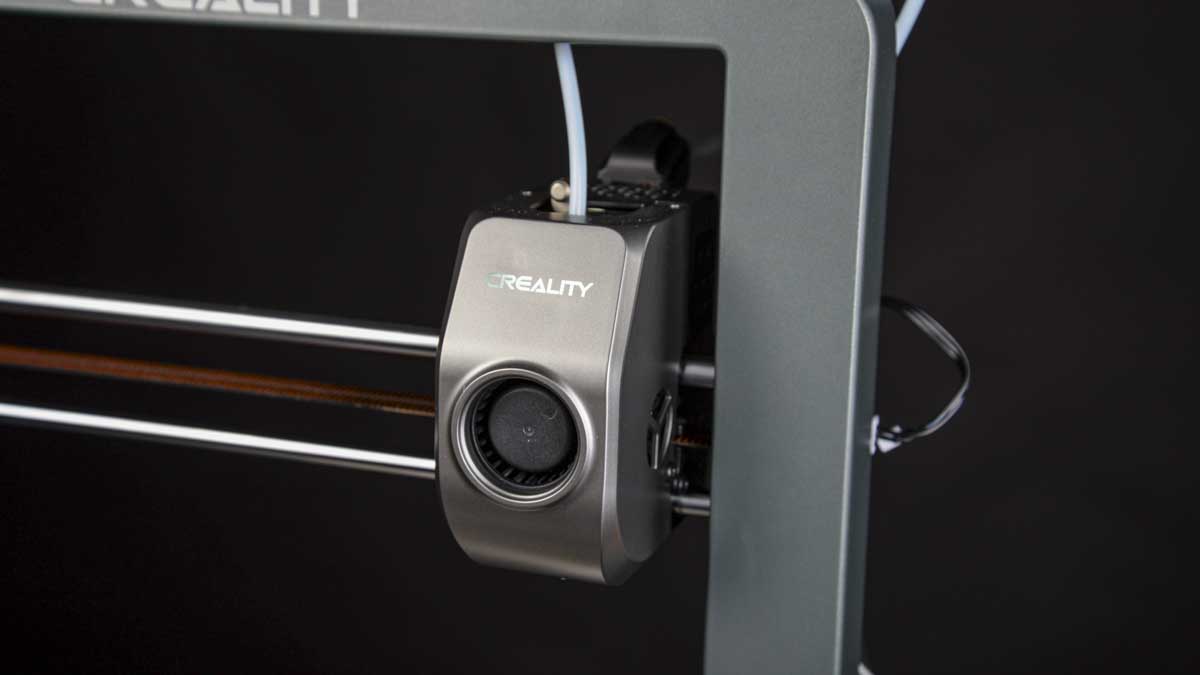
In fact, the all-metal bed slinger design is one of a new breed of high-quality 3D printers that break away from the traditional build-it-yourself model of design to something far more solidly built and consumer-ready. Everything from the touch screen to the belts and bearings of this new machine is of a high-quality design. The only thing hinting that this is an Ender-3 is the logo.
- Design: 4.5/5
Creality Ender-3 V3: Features
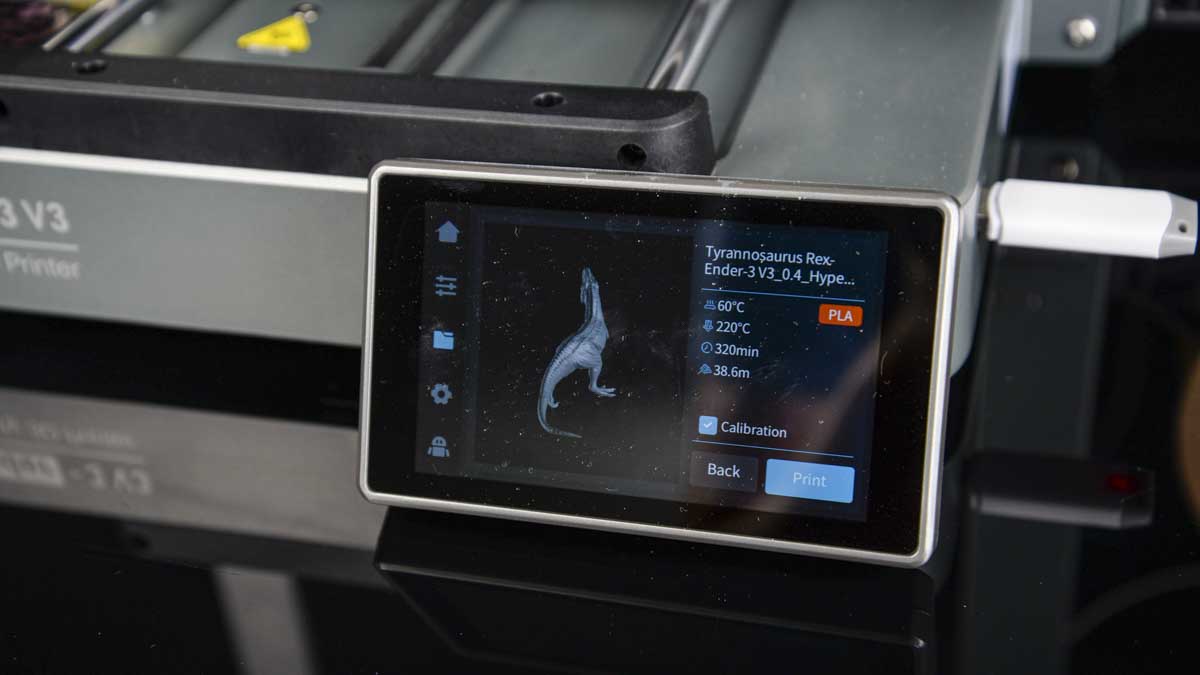
The Ender-3 V3 is a huge upgrade from the rest of the Ender-3 range with improved design, mechanics, and, ultimately, performance. The all-new die-cast frame provides a sturdy structure that helps ensure stability during high-speed printing and instantly gives the printer a far more premium feel. When it comes to the actual mechanics of the printer, while it retains the Bedslinger design, it now features Core XY kinematics, which is a significant upgrade that helps boost the precision and speed of movement, reaching up to 600 mm/s. This heavier-weight design also reduces vibrations, resulting in smoother and more accurate prints.
The touchscreen interface is directly comparable to the ones used on the K1 series printers and is incredibly user-friendly, offering intuitive controls and easy navigation through various settings and options.
Print Technology: FDM
Build Area: 220 x 220 x 250 mm
Minimum Layer Resolution: 0.1 mm
Maximum Layer Resolution: 0.4 mm
Dimensions: 487 x 453 x 622 mm
Weight: 7.8 kg
Bed: Heated
Print Surface: Removable magnetic build plate
Software: Creality Slicer, Cura, Repetier-Host, Simplify3D
Materials: PLA, ABS, PETG, TPU
Print Speed: Up to 600 mm/s
The Creality Ender-3 V3 incorporates an all-metal hot end designed for high temperatures and supports materials like PLA, ABS, PETG, and TPU. It heats rapidly, reaching up to 300°C in around a minute, ensuring consistent temperatures for long prints and the ability to adapt to the different flows of material. The improved nozzle design also allows for precise extrusion, while the dual-fan cooling system prevents clogging and enhances print quality. A new heat break helps to reduce heat creep, maintaining stable temperature control. This hot end is also modular, meaning the assembly is easy to upgrade and maintain.
As is now standard across almost all printers, the magnetic build plate generally makes model removal easy and reduces the risk of damaging prints. The heated bed supports a variety of materials, including PLA, ABS, PETG, and TPU, expanding the versatility of the printer.
In terms of software, the Ender-3 V3 is compatible with Creality Slicer, Cura, Repetier-Host, and Simplify3D, giving you plenty of options for slicing and preparing models.
- Features: 4.5/5
Creality Ender-3 V3: Performance
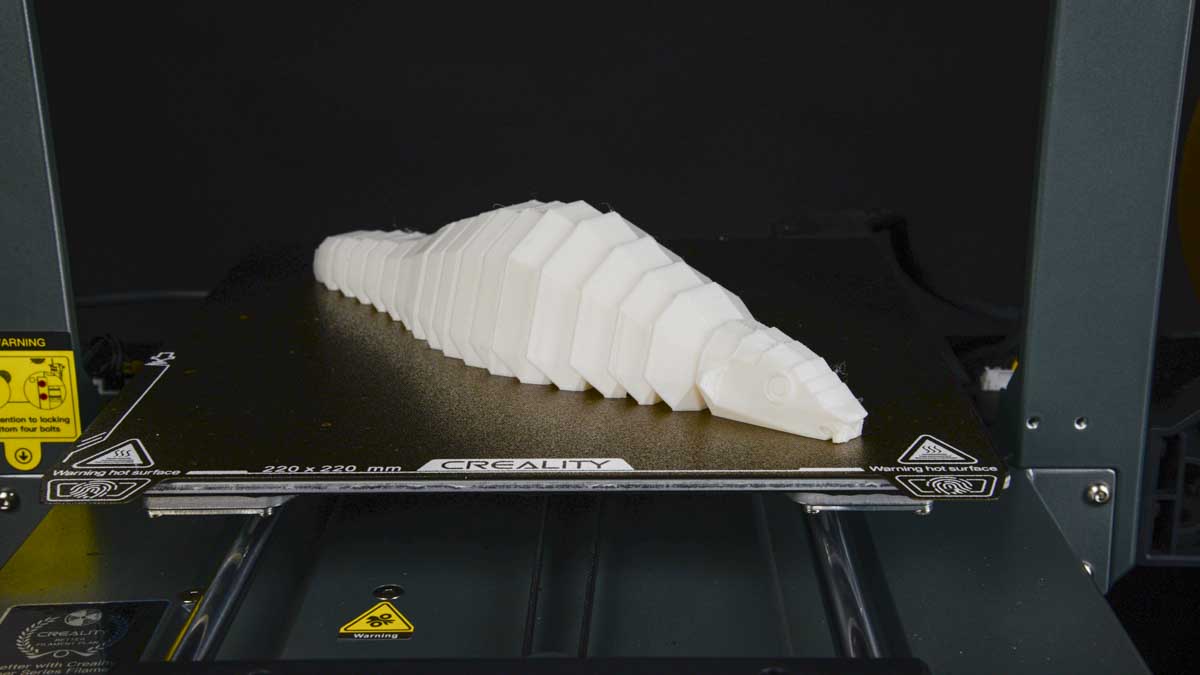
The initial build of the Creality Ender-3 V3 takes between 10 and 15 minutes, from unboxing to switching on and loading the first reel of filament. The design is refined, with the die-cast frame offering one of the highest quality and consumer-friendly designs yet, only matched by the BambuLabs A1 and AnyCubic Kobra 3.
On startup, the large screen springs to life, and the machine runs through the usual checks. The levelling process is now hands-off, as the machine is more than capable of self-checking and prepping itself for the first print. This check takes a while, so allow around 15 minutes for the process to run its course.
Once complete, the test models can be printed. It's nice to see that Creality has included a good selection on the USB stick to get you started. These not only enable you to start printing immediately but also allow you to do a quick check of the machine to ensure everything is in place and prints are produced accurately.
Initial impressions of the prints are excellent. The speed is good, with fast acceleration, and the surface quality of those prints looks great. It's important to state that when running these newer machines, filament quality is paramount. Firstly, you need to use the correct high-speed filament to ensure the smooth flow of material, and secondly, a new reel or correctly stored and dried reel is now more important than ever. Creality actually supplied the Creality Space Pi Filament Dryer with the machine, along with a host of materials, and the difference in quality between dried and non-dried filament is stark.
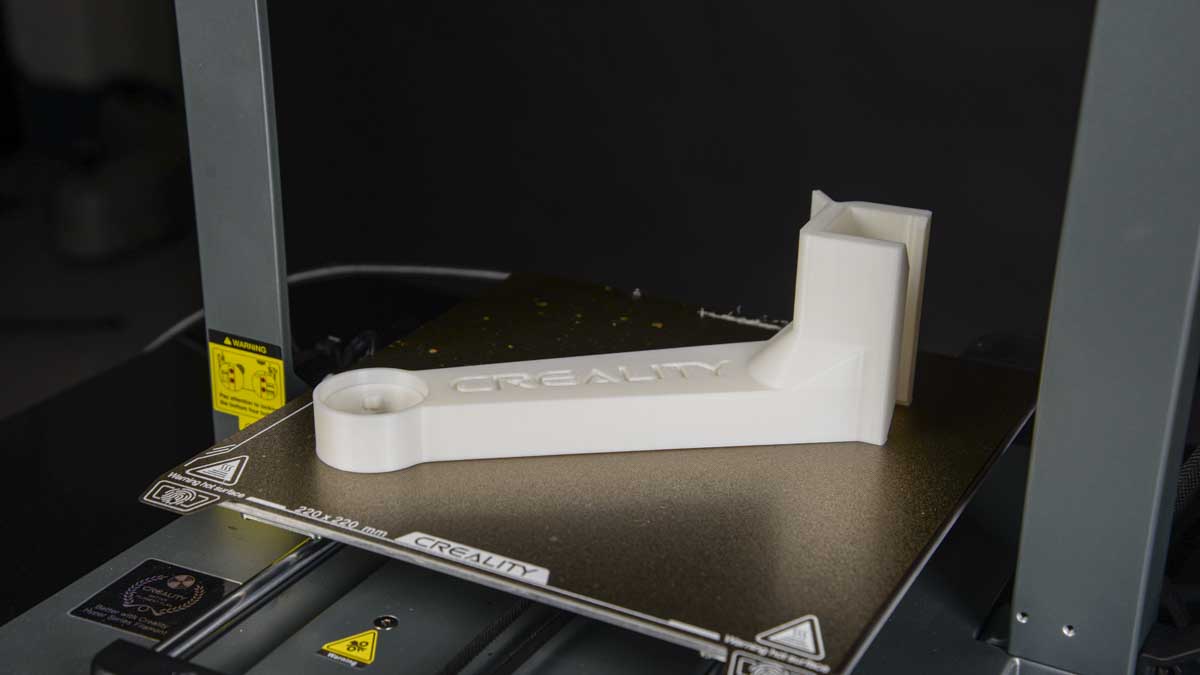
Moving away from the Creality-supplied test prints to a few of our test models, loading into the Creality Print software, which is based on Cura, and sending the prints wirelessly to the machine was all easy. The only element that needs to be added is a standard camera to monitor the print. However, alongside the dry box, the Nebula Camera is another optional accessory. With the announcement of the K2 later in the year, a multifilament option for the V3 can't be that far away.
After checking over the prints from the machine, I noticed that the overall quality is impressive, with the surface smoothly finished and fine detail well presented. While the detail still can't quite match that of the resin printers, if you're looking at printing tabletop gaming characters, it is pretty close.
- Performance: 4.5 / 5
Creality Ender-3 V3: Final verdict
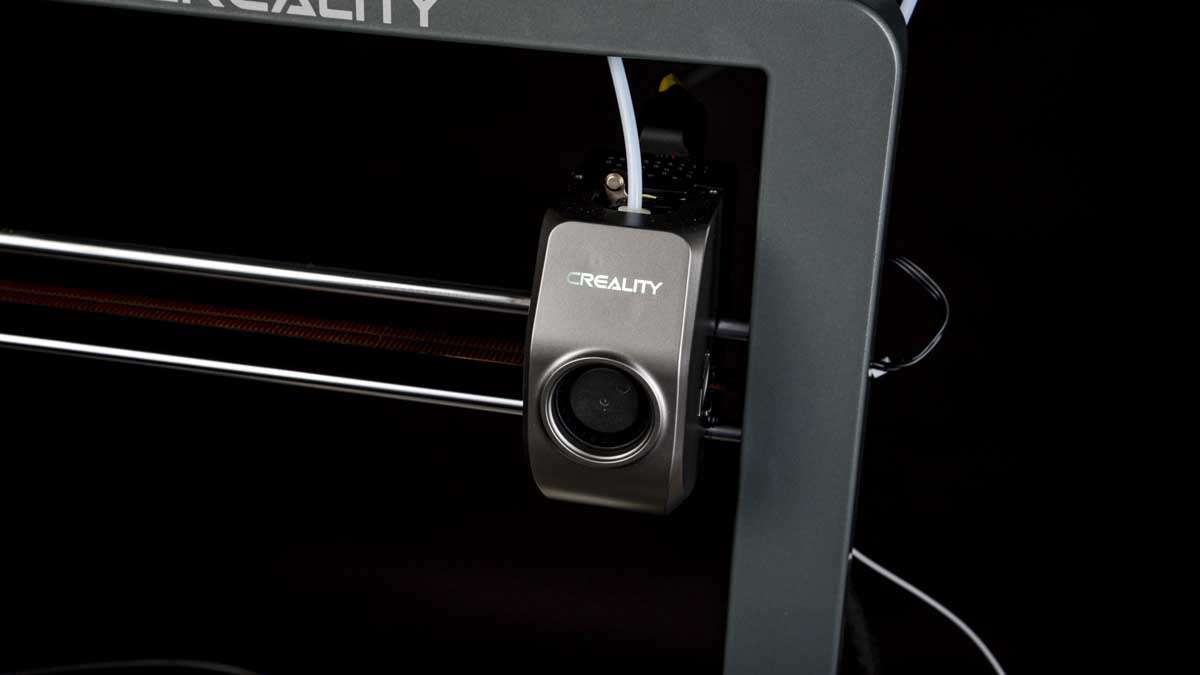
The Creality Ender-3 V3 is a significant upgrade over its predecessors. It combines a sturdy die-cast frame with advanced Core XY kinematics to deliver excellent speed and print quality. The user-friendly touchscreen interface, similar to the one on the K1 machines, and the versatile build plate make it a great option for both beginners and experienced users.
While the single filament limitation and space requirements of the bedslinger design might be drawbacks, the overall performance and value of the Ender-3 V3 are impressive. At its price point, it competes strongly with more expensive models, offering a blend of quality and affordability that is hard to beat.
Should You Buy the Creality Ender-3 V3?
The Creality Ender-3 V3 is a machine that has evolved from one of the most iconic models on the market. It comes at a time when 3D printer manufacturers across the board are raising the bar in terms of speed, quality, and features.
Essentially, the Ender-3 V3 has almost everything you could want from an enthusiast machine; it's fast, relatively accurate and, most importantly, easy to use. It also looks solid, and the workflow with the superb touchscreen interface makes this an ideal option for beginners as well as intermediate users. While the other newer Ender-3 machines are good, the V3 takes the quality up a level, and considering the price, it's a good place to start or to upgrade from older machines.
If you're looking for a machine for the workplace or education, then it's better to look at the K1 C, not for the quality of output but for the all-enclosed design of the machine.
We've also tested out the best laser engravers







